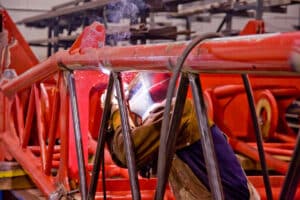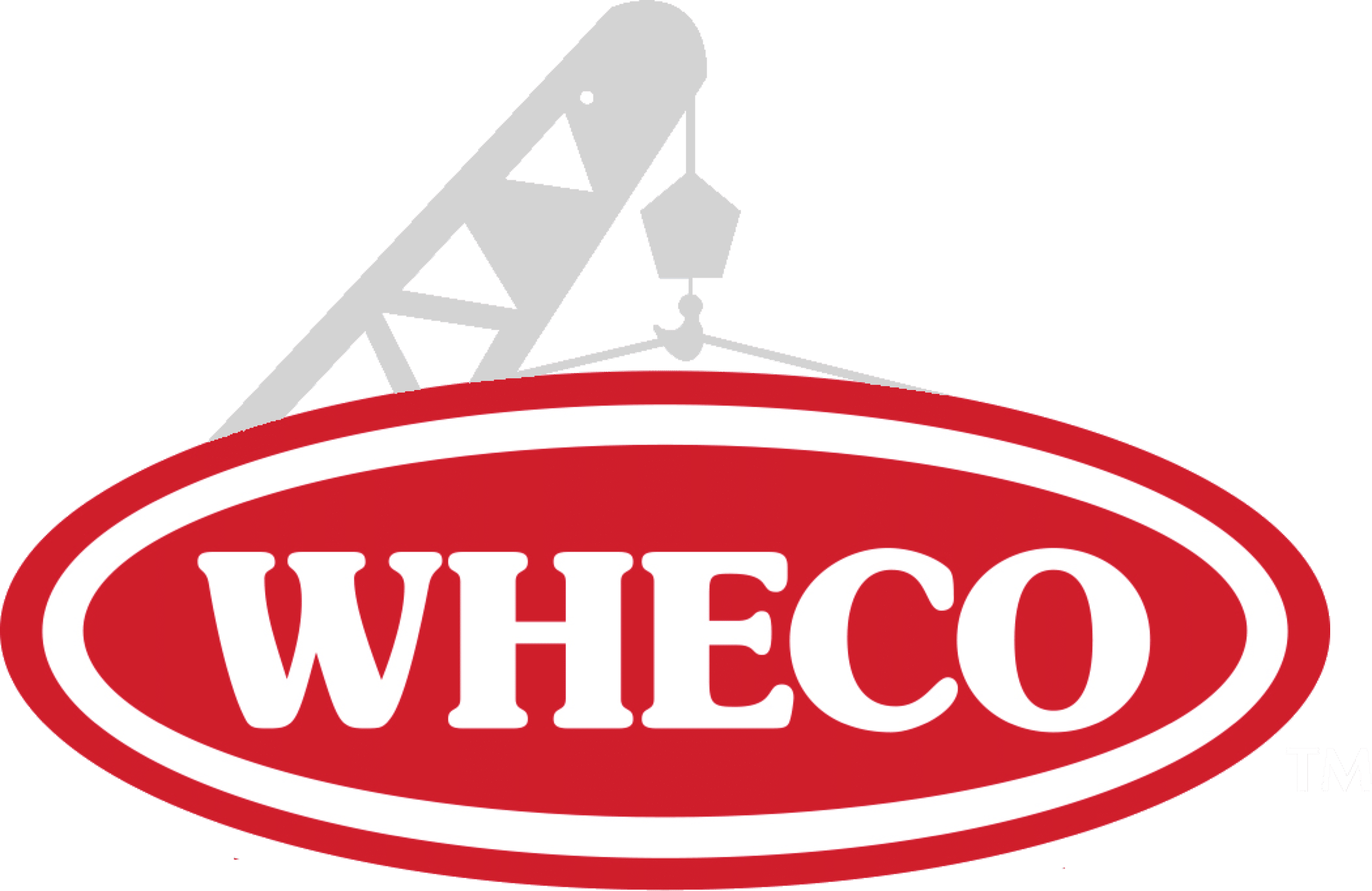By Jay Shiffler, Vice President of Business Development, WHECO Worldwide Services
One of the truly great injustices done to crane owners and insurance companies by the manufacturers, that is costing millions of dollars annually in unnecessary crane component replacements, is spreading the misconception that unless a repair or repair process to a crane is approved by an OEM, it is to be considered a “modification.”
Repairs/adjustments and modifications are addressed separately in the new OSHA standard 1926.1400
- Repairs/Adjustments: 1926.1412(b)
- Modifications: 1926.1412(a) and 1926.1434
If you listen to the rhetoric of the manufacturers, you would be mistakenly led to believe that unless the repair is approved by them, it would not comply with the OSHA standard. But, if you were to put this to the Truth-O-Meter test, it would earn a PANTS ON FIRE rating. That rating indicates that the statement is not accurate and makes a ridiculous claim. We would agree. Let’s discuss the facts:
- Fact #1: OSHA standards apply to everyone, not just the manufacturers. And, the manufacturers have no authority to interpret OSHA or make up rules that restrict crane owners and insurance companies from exercising their rights under federal law to have their cranes and crane components repaired.
- Fact #2: The manufacturers have no authority to define non-OEM repairs as modifications, thus excluding them from OSHA regulations governing repairs and adjustments. They actually make this very claim in two publications issued by the PCSA (Power Crane and Shovel Association).
Specifically, here is what they say in both publications:
COMPLIANCE WITH OSHA: Non-OEM authorized boom replacements and/or boom repair practices are considered modifications to the crane.
While it stands to reason that they would want us to believe this, it is self-serving at best and maybe unlawful at worst. So, who is the PCSA and where do they come up with this stuff? The PCSA (Power Crane & Shovel Association) is a bureau under the organization AEM (Association of Equipment Manufacturers). These publications are an unfortunate example that is clearly self-serving and designed to try to exercise and maintain proprietary control over their lucrative aftermarket product support and parts business at the expense of crane owners and insurance companies. We especially feel they have crossed the line when they send out correspondence misrepresenting federal OSHA standards.
- Fact #3: Crane manufacturers frequently threaten to pull warranties and support for machines that have not been approved by the manufacturer. I have a stack of letters and emails from manufacturers threatening extreme measure if customers and insurance companies fail to comply with their policies. And that is the big problem; manufacturers try to present their company policies as if they were federal law. DO NOT CONFUSE MANUFACTURERS’ POLICIES REGARDING REPAIRS WITH FEDERAL LAW.
- Fact #4: Each year, millions of dollars are lost by crane owners and insurance companies to the manufacturers because they do not know how, or simply do not choose, to defend their right to have their cranes and equipment repaired.
- Fact #5: Manufacturers are invited to join the party. One manufacturer, Manitowoc, has emerged as a thought leader in structural repairs by teaming up with WHECO to provide factory supported structural repairs and restorations. WHECO has already completed many successful projects since our agreement was consummated in late 2011. We encourage and are always open to teaming up with the other crane and heavy equipment manufacturers as well.
As long as there are companies like WHECO who are thought leaders in crane and heavy equipment repair industry, and who speak out to advocate the “truth” about repair services, we will eventually change the paradigm.
So, don’t let them get away with it. If you think that you are being taken advantage of, feel free to give me a call. I am glad to share any resources we have to help you fight the good fight.
Jay
512-633-7143






Jay;
I am among the few that have also been spouting off, and warning the ‘enforced public’ that not only are manufacturers but also OSHA is commonly wrong for implying that a manufacturer’s guidance is a ‘rule’ or carries the same enforcement status a law. That is the Federal (or State) government abrogating their responsibility to write laws to an entity with a self interest, that may NOT be the interest of the one who the law is aimed at. Manufacturers HAVE to write restrictive and warning laced literature, and HAVE to sit on committees and write one sided standards, in order to protect themselves from lawsuits and egregious claims. But they also opportunistically will let the public believe that ‘their’ information is the ONLY information that ‘complies’, or is ‘approved’ to meet OSHA. This issue has been around for as long as OSHA. As a young safety specialist in the field I developed a boom mounted basket for the front of a RT crane made by a (YELLOW) crane company. They went ballistic when I showed them the design, the rationale, the weights and radius calculations, and the engineering and welding specifications we had developed. Their answer was NO! We used the system for bridge inspections, early on. OSHA would commonly question it, and ask the manufacturer, who always said NO! We always had a fight on our hands with no help from the manufacturer. years later the manufacturer began to offer boom-end baskets to a buying public that wanted them. Profit driven affirmative decisions, vs. risk driven negative posturing. There are dozens of examples, and crane manufacturers are no way the only ones. Scaffold manufacturers say don’t tie off to my scaffold, scissor lifts and boom lift companies confuse us as well with that. Safety product companies (I am one, too) have used fear tactics, OSHA compliance claims, and claims of potential ‘deadly’ risks to steer people to one new design or another, or one policy or another that happens to be theirs, on a particular day or year. (One safety company advertised that you had to turn in their retractors to them every year for a 150$ required safety inspections (regardless of its conditions or amount of use during the year), BUT… if you prepaid a 600$ “warranty”, you could keep it in the field for 5 years…without paying anything, or losing use of your unit for a couple weeks, and no shipping or handling mess. Now look at that – it is not about safety or even risk management for them,its about marketing and profit, but using safety as a lever/wedge to make a sale. )
So, good job. We refer clients to Wheco all the time, for crane repairs, as well as manufacturers obviously for proprietary parts and we work with insurers. For years there was no crane boom welding specifications, or lacing or bracing repairs allowed, now its more common. There is plenty of room for OSHA, the USA manufacturers and owners of tools, equipment, and materials, to get smarter about what is RIGHT, and what is ALLOWED, and what the laws and the policies really MEAN.
BAC